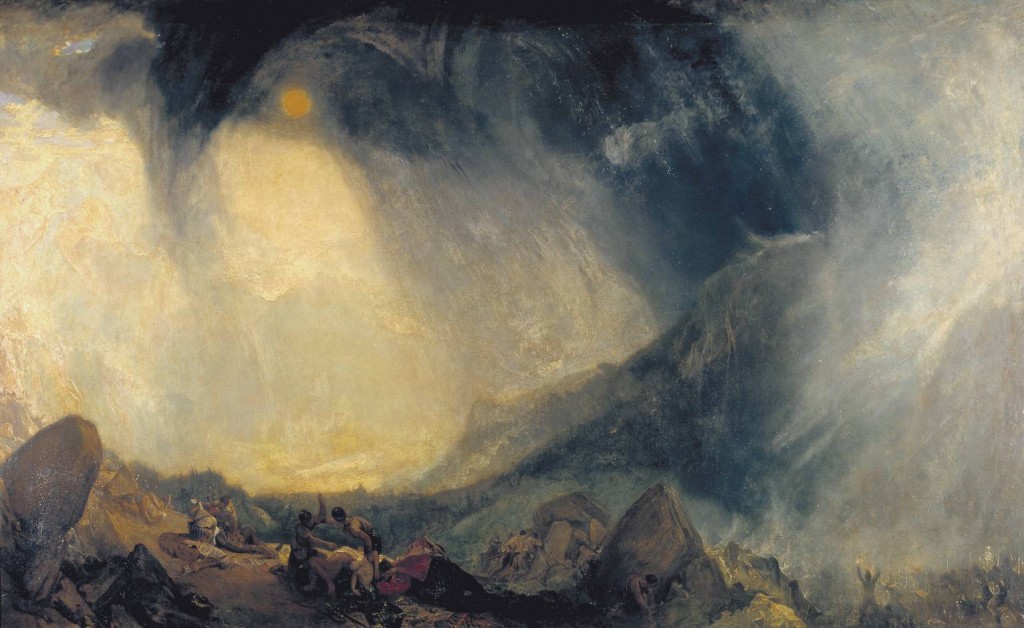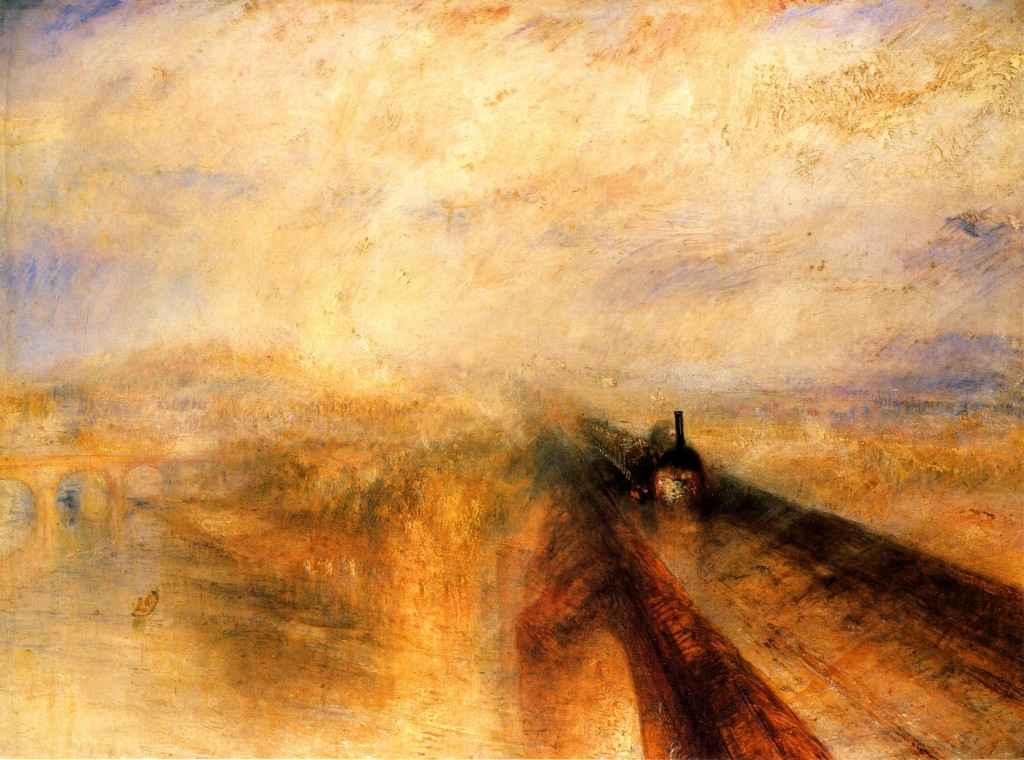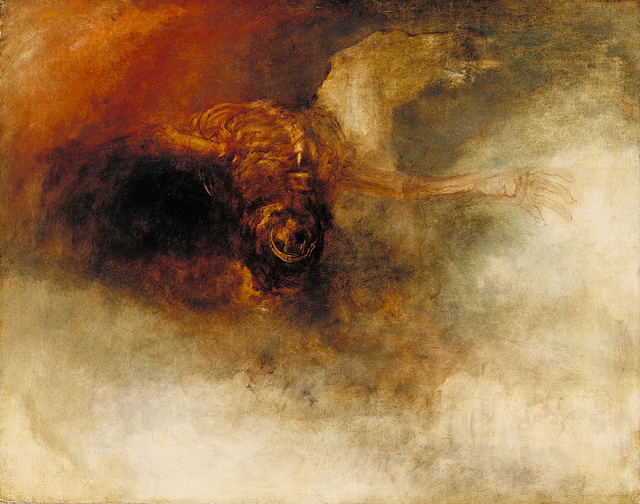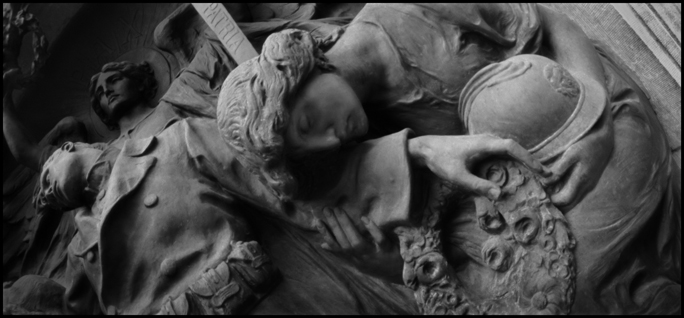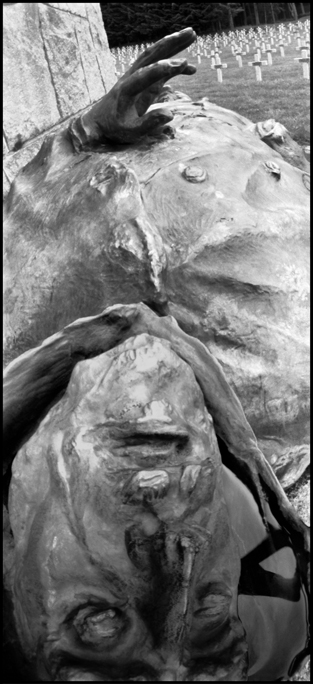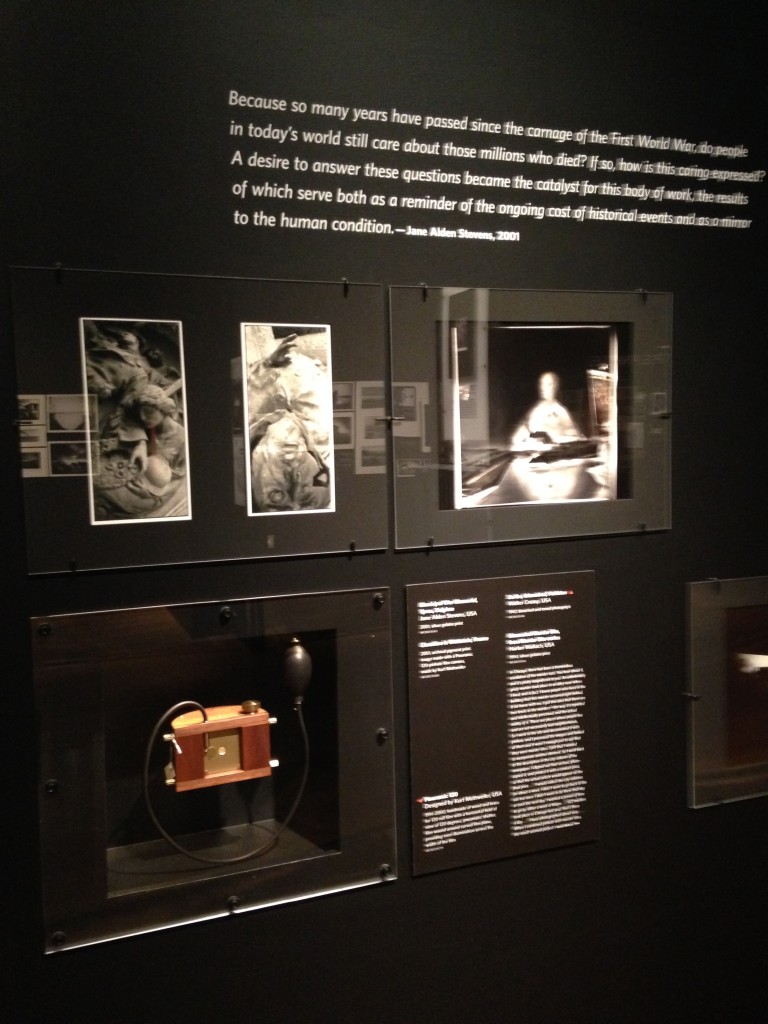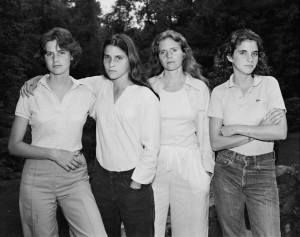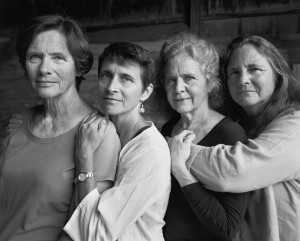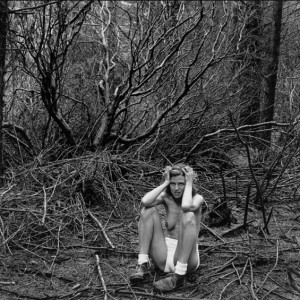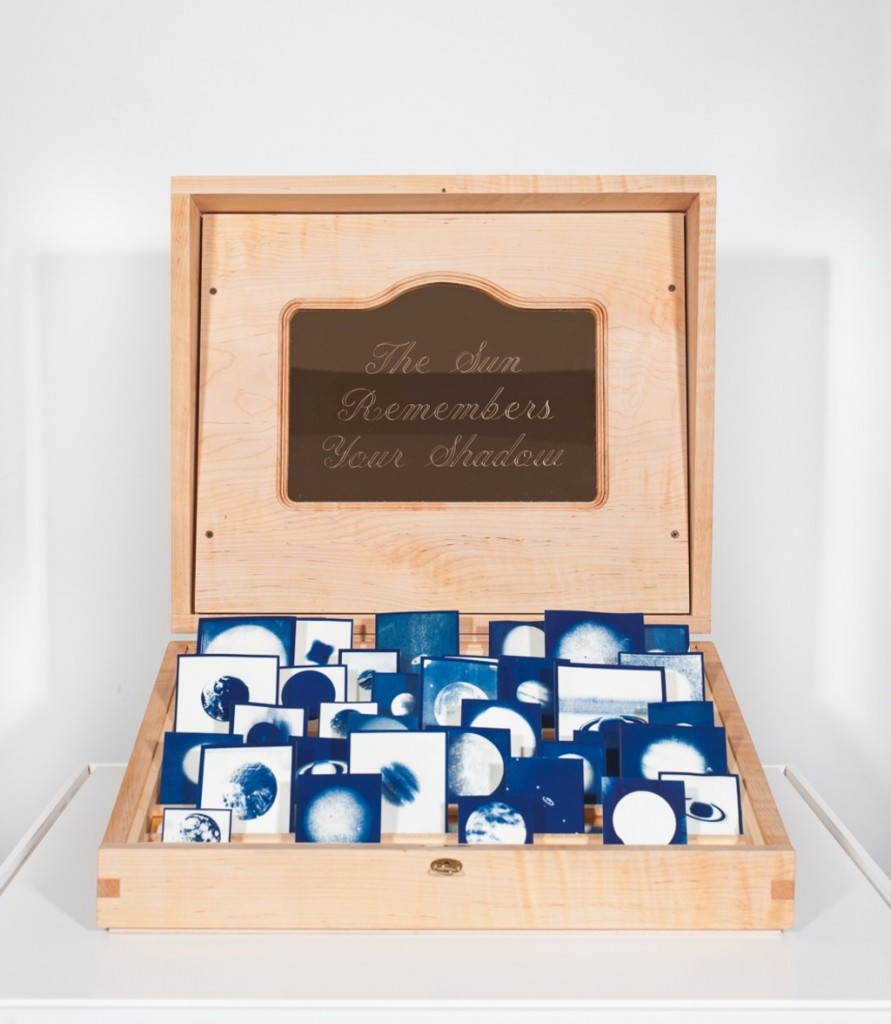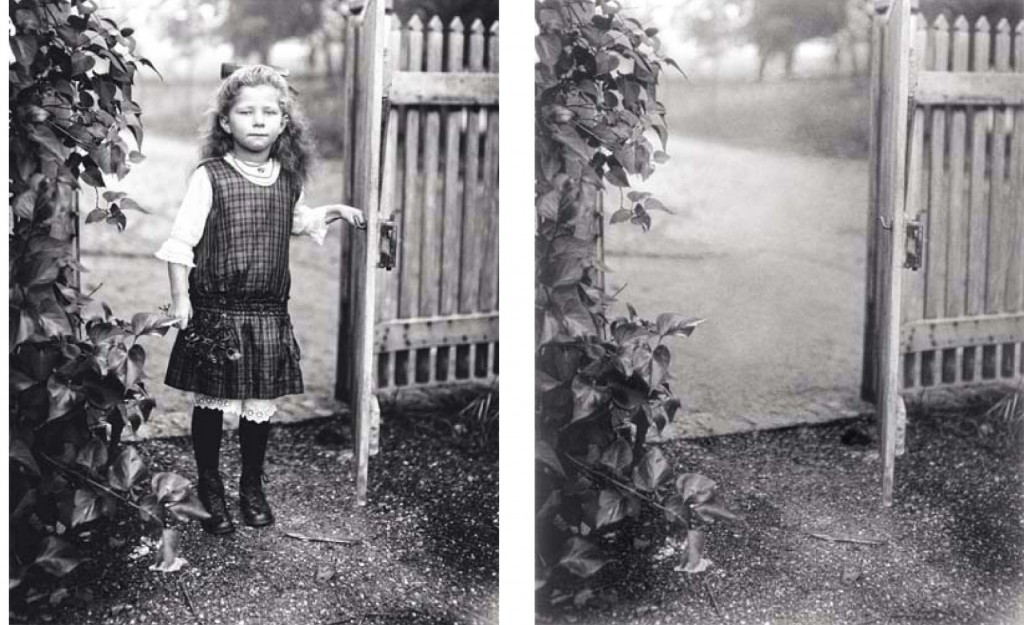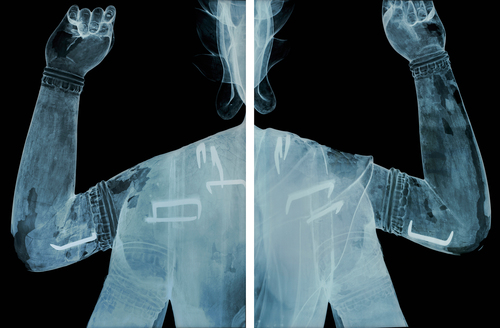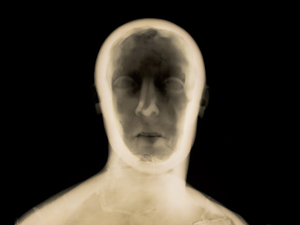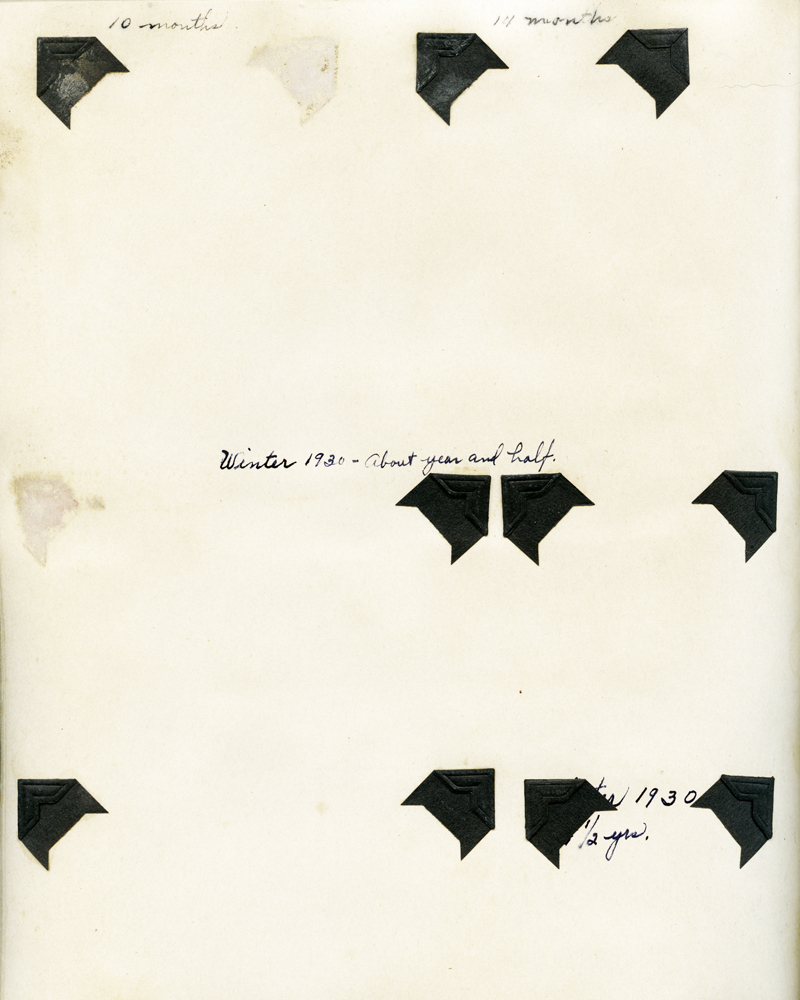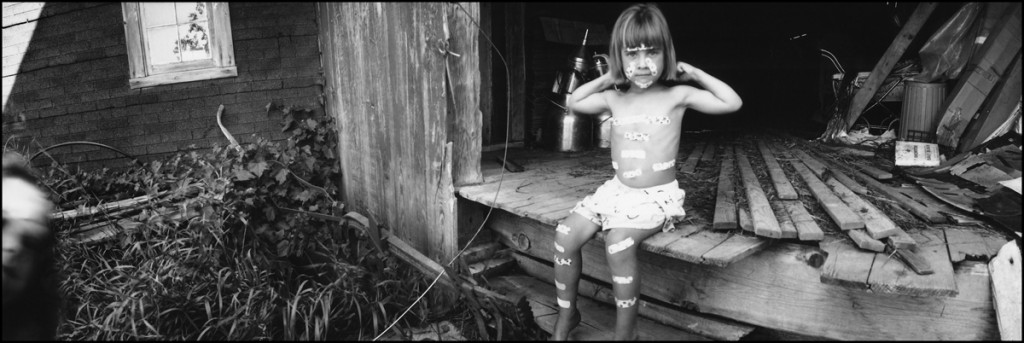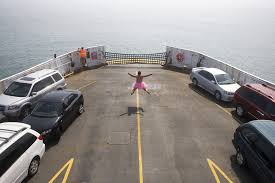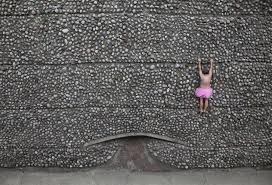A character in "A Forgotten Poet", a story by Vladimir Nabokov, writes, "If metal is immortal then somewhere
there lies the burnished button I lost
upon my seventh birthday in a garden.
Find me that button and my soul will know
that every soul is saved and stored and treasured."
The same could be said for photographs. We take them and put them away somewhere, in a drawer, in a shoebox, on our computers, or in the Cloud. All too often, we proceed to forget about them.
Every once in a while, we happen to come upon these treasures from the past. When we do, our gaze falls upon them and memory is reawakened. Emotions bubble up and time shifts somehow. Going through old photographs is like participating in an archeological dig. We sift through layers of the past, trying to make connections between the history being revealed and the present.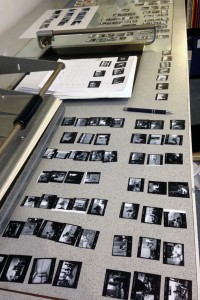
It is inevitable that, in this process, questions will arise that cannot be answered. But by asking those questions, we learn something about our selves, and the past lives again. Photographs are not the only artifacts that have the ability to generate these sensations, but they do it in a way that is unique to the medium.
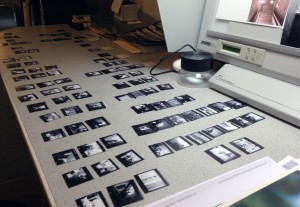 This has a direct bearing on the creative work I am doing now, in which I am sifting through my photographic archives and discovering much in the process. I'm still editing all of this, trying to make sense out of the thousands of images I am looking at. Stay tuned to what emerges!
This has a direct bearing on the creative work I am doing now, in which I am sifting through my photographic archives and discovering much in the process. I'm still editing all of this, trying to make sense out of the thousands of images I am looking at. Stay tuned to what emerges!
